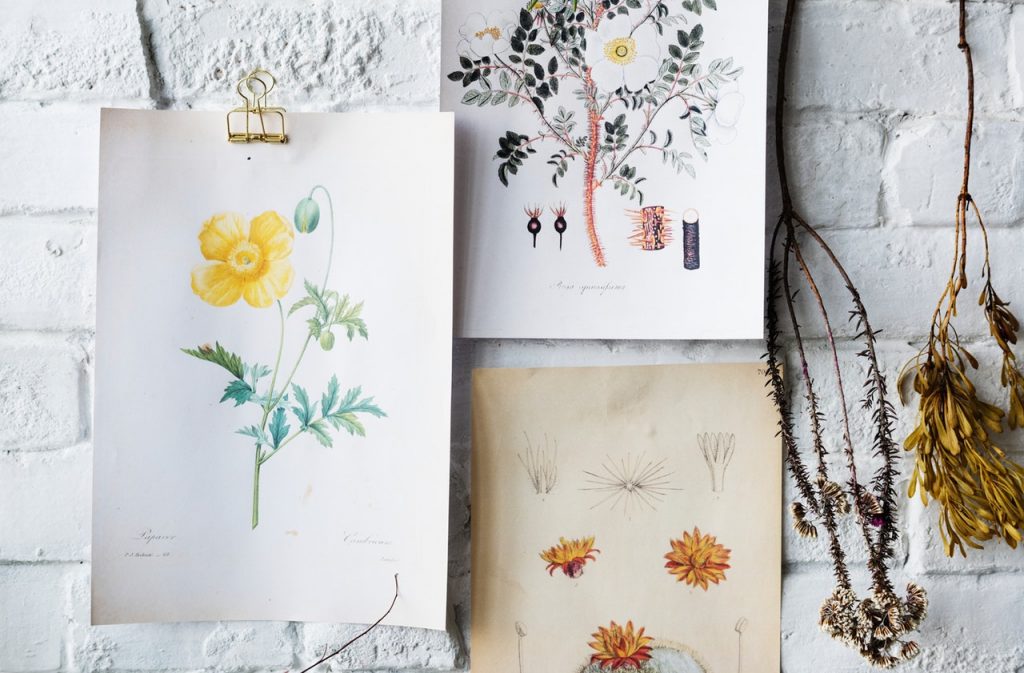A great deal of artists that I talk with are unsure about whether their graphics are secure online, and frankly, it is a legitimate concern. Social media and online platforms have created great communities for artwork sharing and selling, however, this poses security concerns and your work could be copied or infringed. You wouldn’t want your award winning wedding photography or stellar music video to be compromised after all your hard work. There are a couple of ways in which you can secure your pictures (along with your copyright) in the event you opt to share your artwork online.
Here are 8 of the most Frequent methods to stop picture theft online:
1. Begin with low-resolution pictures
The web is set up to manage low and high-resolution pictures. If you place up top resolution pictures, not just are you raising the loading time to your pages but you are also encouraging thieves to download and print your images. It a good idea to upload lower resolution images that are less enticing to download and use but still are a good representation of the artwork.
2. Keep your images small in size
Picture size is decided by pixels. (by way of instance, an image that is 300 pixels wide is smaller than a picture that is 800 pixels wide.). The benefit of smaller graphics is they load quicker and are small when printed. When they are enlarged, they get pixilated and grainy, making them unsuitable for printing for resale (or anything else for that matter). This is may not work if you are planning on having a great online exhibition showcase however for other purposes, keep images small.
3. Use parts of pictures
You could always crop your picture to reveal only a part of the general design. Based on your art, this may or might not be an alternative. The cropped version might nonetheless be subject to copying, therefore that I don’t find it to be an extremely viable choice for anything but thumbnails. It is possible to either perform the cropping yourself with photo editing software or allow whatever site builder you utilise to do it. Many programs now provide three or more standard size choices and mechanically scale or crop your pictures based on the dimensions you select.
4. Insert a copyright notice
Granted, this is only going to prevent the folks who obey regulations. Anyone determined to steal your work will take it regardless of which kind of copyright notice you utilise. But if you add a copyright notice on each picture and make it notable enough, individuals who may not be aware of the law are less likely to infringe. A note is usually just a small message with the artist’s name and the word copyright, and often on the internet, there would be a website name to go to to legally purchase the artwork.

5. Use a watermark
Your watermark might be a copyright note or a simple logo. Ordinarily, a watermark covers a lot of the picture with a semi-transparent emblem or phrase which makes the film less useful without completely obscuring it. You may add watermarks with most picture manipulation programs, and some art service websites also add complimentary watermarks if you sell through them. A watermark is often used by photographers to show images to clients before they purchase them whether it is wedding photos or scenery and school photos, ensuring that photos are adequately paid for.
6. Make it simple for people to contact you
This may appear counter-intuitive, but if you make it simple for folks to contact you, they are more inclined to request consent to use your work. Even if you don’t need to provide permission, decline politely and without creating barriers between you and a prospective customer.
7. Take action if you locate a breach
At any time, you find someone with your work without permission and breaching copyright, then send them a polite email explaining who you’re, that they are using your work without consent, and requesting them to remove the artwork. Most the time they won’t bear in mind that they have done anything wrong and will do as you ask. Give them an opportunity to comply before hitting them with a harsh legal -sounding email. 24 to 48 hours is a fantastic period of time because most people may have immediate access to their sites. If this does not work, have an attorney send a note. The majority of people who don’t react to your polite letter or email will probably respond to a letter written on legal letterhead.
8. Disable the right-click purpose
If you handle your site, and mainly if you use WordPress or some other popular platform, you might have the choice to disable right-clicking in your pictures. This makes it somewhat harder for thieves to save your artwork. (They can save it with a screenshot, nevertheless.)
Alas, the people that are determined to steal from you will discover a way to do so regardless of your actions. I invite you to do whatever you can to guard your pictures online but bear in mind that some of us will discover that it is beyond your control. We are living in a world where individuals think whatever’s online is at no charge and may be downloaded and used for anything they need. As artists, I feel it is a part of our calling to instruct people to ask first, and properly credit or pay artists for their hard work.

